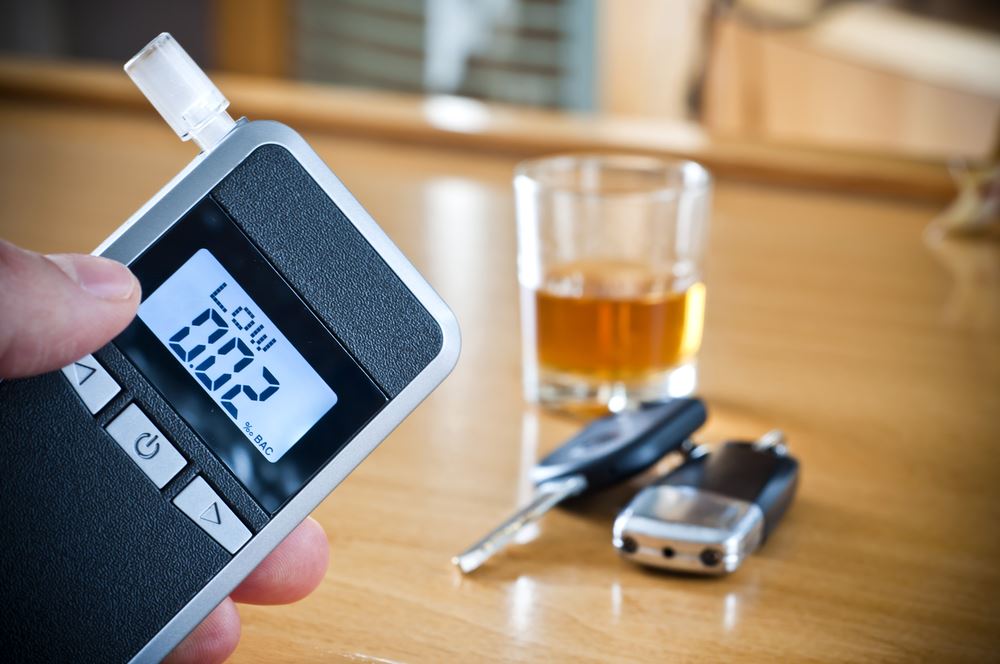An Intoxilyzer 9000 is a device used to measure the concentration of alcohol in a person's breath. It is commonly used by law enforcement agencies to determine if a person is driving under the influence of alcohol. This device is known for its accuracy and reliability, and its use is regulated by strict guidelines.
The Intoxilyzer 9000 uses infrared spectroscopy to determine the amount of alcohol in a person's breath. When a person exhales into the device, the breath sample is exposed to infrared light. The light is absorbed by the molecules in the breath, including alcohol molecules. The amount of light absorbed by the alcohol molecules is proportional to the concentration of alcohol in the breath.
The Intoxilyzer 9000 consists of several components that work together to measure the concentration of alcohol in a person's breath. The main components of the device include a sample chamber, an infrared source, a detector, and a microprocessor.
The sample chamber is where the person exhales into the device. The chamber is designed to collect a sample of breath that is free from any contaminants that could affect the accuracy of the measurement. The chamber is also designed to ensure that the breath sample is properly mixed with any chemicals that are needed for the measurement process.
The infrared source is a device that emits infrared light. The light is directed into the sample chamber where it passes through the breath sample. The light that is not absorbed by the breath sample is directed towards the detector.
The detector is a device that measures the amount of light that is not absorbed by the breath sample. The amount of light that is measured is proportional to the concentration of alcohol in the breath sample. The detector converts the amount of light into an electrical signal that is sent to the microprocessor.
The microprocessor is the brain of the Intoxilyzer 9000. It receives the electrical signal from the detector and processes the signal to determine the concentration of alcohol in the breath sample. The microprocessor also takes into account any other factors that could affect the accuracy of the measurement, such as the temperature and humidity of the breath sample.
The Intoxilyzer 9000 is calibrated to ensure that it provides accurate and reliable measurements. Calibration involves testing the device using a known concentration of alcohol and adjusting the device to ensure that it provides the correct measurement. The device is also regularly maintained to ensure that it continues to function properly.
The Intoxilyzer 9000 is claimed to be a highly accurate and reliable device for measuring the concentration of alcohol in a person's breath. It uses infrared spectroscopy to determine the amount of alcohol in the breath sample, and its use is regulated by strict guidelines. The device consists of several components that work together to measure the concentration of alcohol, including a sample chamber, an infrared source, a detector, and a microprocessor. The device is required to be calibrated and regularly maintained to ensure that it provides accurate measurements.
In recent years, the accuracy of the Intoxilyzer 9000 has come under scrutiny, with some experts questioning the reliability of the machine's readings.
One of the main issues with the Intoxilyzer 9000 is its susceptibility to outside interference. The machine works by measuring the amount of infrared light that is absorbed by the alcohol molecules in a person's breath sample. However, if the machine is exposed to any outside sources of infrared light, such as overhead lights or the sun's rays, it can interfere with the machine's readings and produce inaccurate results.
Another issue with the Intoxilyzer 9000 is its calibration. Like all breathalyzer machines, the Intoxilyzer 9000 needs to be calibrated regularly to ensure its accuracy. However, if the machine is not calibrated correctly or if it is not calibrated often enough, it can produce inaccurate readings. This can lead to false DWI arrests, which can have serious consequences for individuals who are wrongly accused.
The Intoxilyzer 9000 also has a margin of error. While the machine is generally considered accurate within a certain range, it is not 100% accurate. The margin of error can vary depending on several factors, such as the temperature and humidity of the testing environment, the type of breath sample taken, and the individual's breathing pattern.
In addition to these issues, some experts have raised concerns about the design of the Intoxilyzer 9000. They argue that the machine's design is not transparent, and it is difficult to determine how the machine arrives at its readings. This lack of transparency can make it difficult to challenge the machine's readings in court, which can be problematic for individuals who are falsely accused of DWI.
While the Intoxilyzer 9000 is a widely used tool for measuring BAC levels, it is not without its flaws. The machine's susceptibility to outside interference, calibration issues, margin of error, and lack of transparency are all valid concerns that need to be addressed. Law enforcement agencies must ensure that the machine is calibrated correctly and used in appropriate conditions to prevent false arrests and ensure justice for all.


